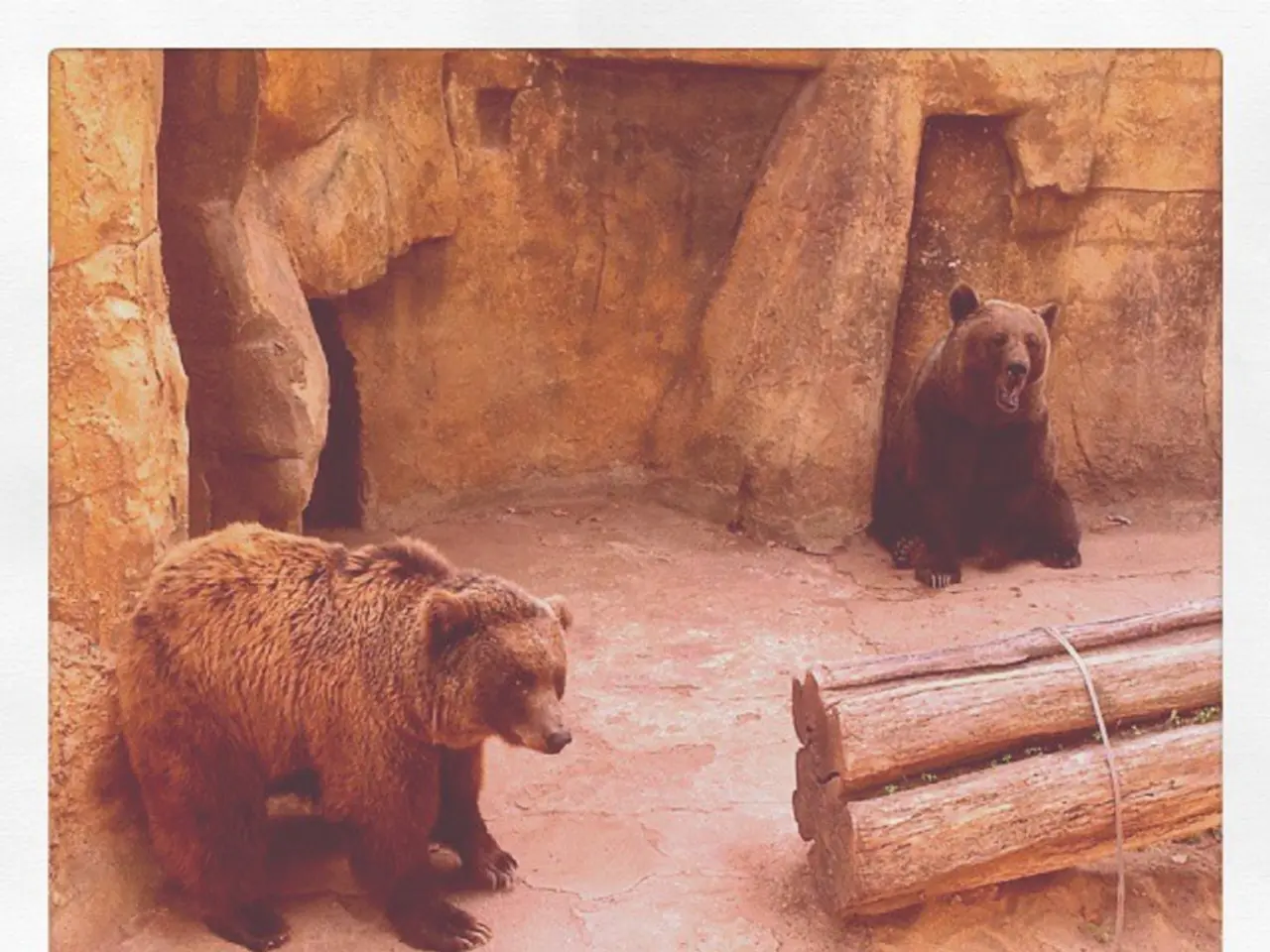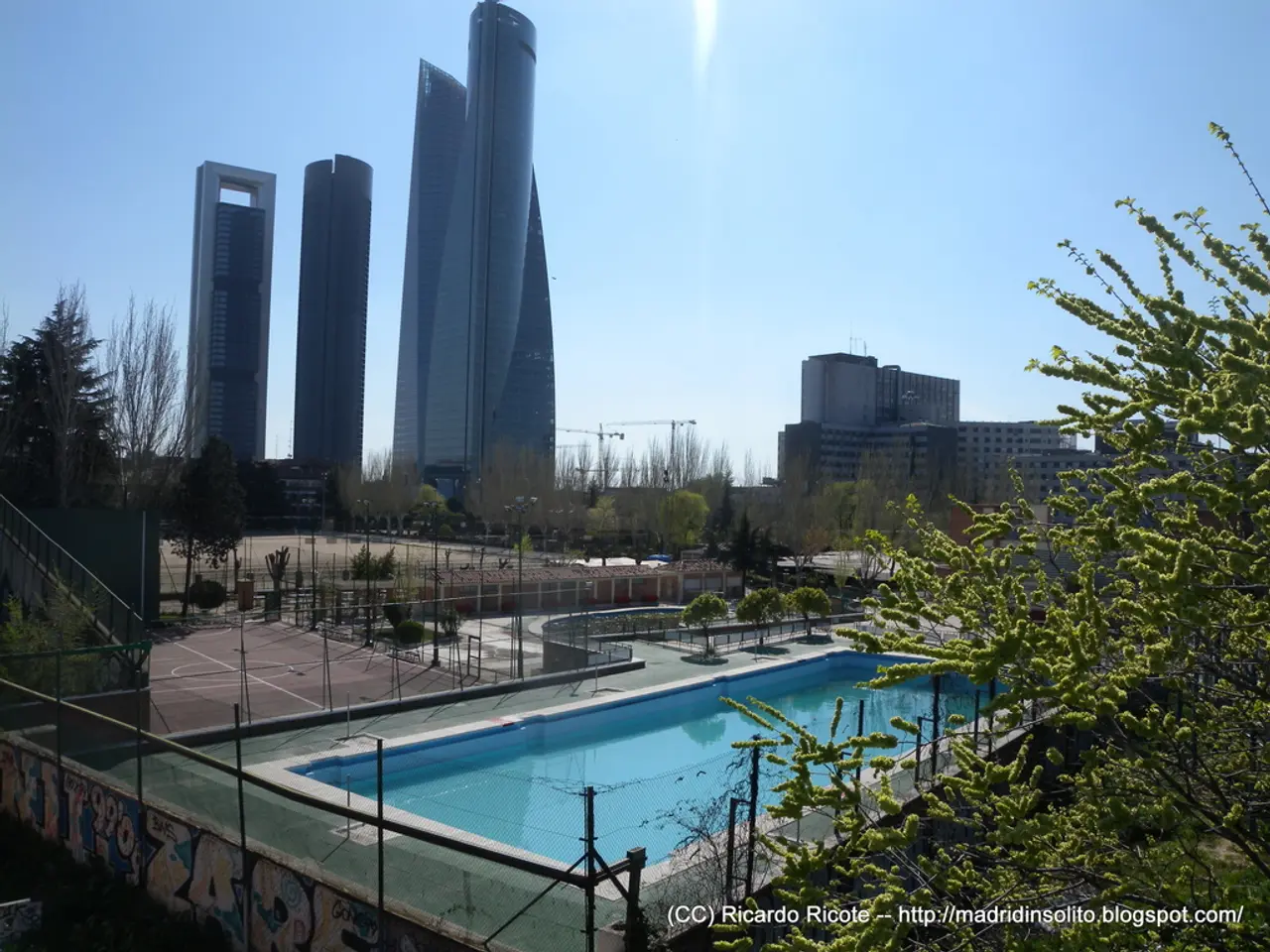Number of bears that can be hunted in 2025 revealed
In a surprising turn of events, bear hunting has been reopened in Belarus after nearly a century-long ban. The Belarusian Society of Hunters and Fishermen (BSHF) will be issuing permits for the culling of approximately 20 bears, a decision that has sparked controversy among conservationists and hunters alike.
The revival of bear hunting in Belarus is a testament to the successful management of the country's bear population. In 2003, there were only 150 bears in Belarus, a stark contrast to the current figure of 700. This increase is attributed to the efforts of hunting management bodies, the protection of habitats, and the improvement of feeding conditions.
The BSHF has stated that the decision not to shoot was the right approach, and they will now determine the permit winners through a random selection program. In the first round, 7 permits were issued, with over 160 applicants. Six of the winners went hunting a few days later, three of whom reported seeing a bear but did not shoot due to lack of confidence in the shot's accuracy.
Each hunter must pay at least Br5 for the permit, while the minimum price for Belarusian and EAEU citizens for bear hunting is Br500. For citizens of other foreign countries, the minimum permit price is Br1000. Anyone can apply for a hunting permit, and some lucky permit winners have already gone hunting.
The bear, a species listed in the Red Book, is a symbol of Belarus's thriving wildlife. However, the exact number of bears in Belarus or how their population has changed over time is not definitively known. Neighboring countries like Lithuania and Poland provide some context, with Lithuania's bear population estimated to be between five and ten, and Romania boasting a significant population of brown bears, ranging from 10,419 to 12,770.
The bear population in these regions is influenced by factors such as habitat availability, migration patterns, and human activities. For instance, the presence of barriers along borders can disrupt bear migration routes, potentially affecting their population dynamics in areas like Lithuania.
As the debate over bear hunting in Belarus continues, it is crucial to consider the long-term impact of this decision on the country's bear population and its ecosystem. Further research or direct information from Belarusian wildlife authorities would be necessary to gain a comprehensive understanding of the current state of the bear population in Belarus.
The BSHF's decision to reopen bear hunting signifies a shift in sports management, given the significant increase in the bear population from a mere 150 in 2003 to the current 700. In the wake of this hunting resumption, sports enthusiasts may now participate, with permit prices ranging from Br5 for citizens to Br1000 for foreigners, contributing to the economic aspect of sports in Belarus.








